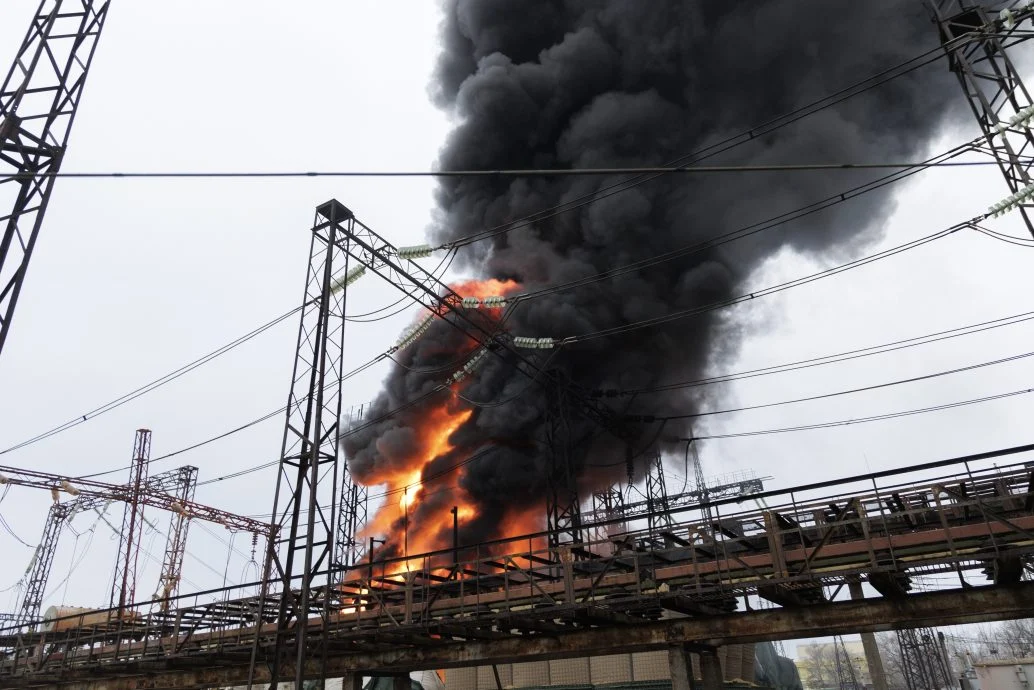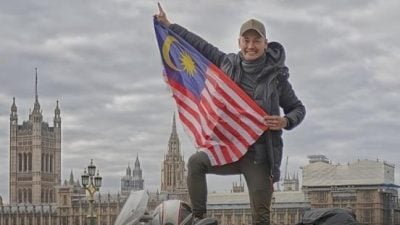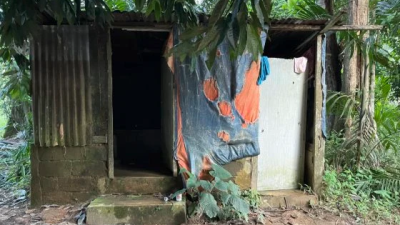Two Years into the Russia-Ukraine War

Two years have passed since the start of Russia’s invasion of Ukraine. Let us look back at what has happened so far and think about what has become clear.
Since Russia’s involvement in the War in Donbas in 2014 until at least 2019, Russia’s aim seemed to be preventing Ukraine from joining NATO by enforcing the Minsk Protocol and effectively federalizing Ukraine. The Donetsk and Lugansk People’s Republics were security pawns in the eyes of Russia. As such, Russia was indifferent to the humanitarian situation in Donbas until around 2020.
However, this tune changed after a direct meeting between the two leaders in December 2019. At this meeting, Ukrainian President Volodymyr Zelensky apparently clearly told Russian President Vladimir Putin that he cannot implement the Minsk Protocol. Meanwhile, mutual cooperation between NATO and Ukraine has progressed since 2014. Although the possibility of official membership was small, you could argue NATO was undergoing de facto expansion (a so-called stealth expansion). Additionally, the ceasefire, which had been observed during 2020 since the summit, began to falter under a sharp increase in violations starting in the summer of 2021. It seemed that the People’s Republics were pressed. The worst outcome for Russia would have been if Donbas were retaken by the current Ukrainian administration. From Russia’s point of view, not only would it lose pawns to prevent Ukraine from joining NATO, but from Ukraine’s point of view, it would have cleared one of the major obstacles to NATO membership. This must have been why Russia had been asking the West for assurances since late 2021 that it would not allow Ukraine to join NATO.
At the beginning of the war, as is well known, Russian troops launched a full-scale invasion from multiple locations and headed for the capital of Kyiv. The likely aim was to overthrow the Zelensky government and install a puppet government. It was a measure to simultaneously achieve the mutually contradictory goals of preventing Ukraine from joining NATO and protecting the Donetsk and Lugansk People’s Republics in Donbas, yet this failed due to naïve estimates on the Russian side and strong Ukrainian resistance. Moreover, although it is said that the ceasefire negotiations between Russia and Ukraine in Istanbul were almost concluded at the end of March 2022, they were derailed at the beginning of April. We do not yet know whether this was due to Western pressure or the discovery of the Bucha massacre by Russian forces. In any case, it appears that Russia’s first demand at this time was for Ukraine to become neutral. From this point of view, Russia’s purpose might have been to prevent Ukraine from joining NATO.
Subsequently, Russia gave up on invading the capital and sought to gain territory in the southeast. In September 2022, in addition to Donetsk and Lugansk, annexation of Zaporizhzhia and Kherson was declared. In September and October 2022, Russian forces had to retreat and in September, they were forced to conduct a partial mobilization. However, since this partial mobilization, Russia seems to have rebuilt its military. Ukrainian forces put up strong resistance during the defensive phase but were unable to implement an integrated operational plan once they entered the recapture phase. Ukraine’s counteroffensive, which began in June 2023, yielded few tangible results. Around November 2023, a Russian offensive became more prominent. In February 2024, Russian forces took control of the fortified city of Avdiivka near Donetsk.
The following can be said based on the developments so far. Firstly, Russia’s military capabilities cannot be underestimated, although it seemed as if the initial blunders lowered their rating. After abandoning the campaign for regime change based on initial naïve estimates and reorganizing itself, Russia has not suffered any major military losses. The initial haphazard operations are not believed to have been led by the military. Since the Russian military has taken back leadership, it has adapted to the situation despite the increasing sophistication of Western weapons support.
Secondly, the West’s economic sanctions against Russia, despite their scale, have not been very effective. The lives of Russian citizens have changed little from before the war. Apart from the news, TV is on as usual, showing everything from drama series to music programs. The cafés are bustling with people, and young delivery workers are riding e-scooters around the cities. This is said to be the result of Russia’s strong economic foundation, allowing for the procurement of resources and food on its own, as well as a shift to relations mainly with China to cover for the severed economic ties with the West. This confirms the rise of China and makes clear that the days when the West was the sole center of the world economy are certainly over.
Thirdly, Ukraine is dependent on Western aid for not only weapons but also basic aspects such as paying pensions. Now that Western aid is stagnating, the situation is becoming difficult both for the military and for civil governance. Depending on the outcome of the US presidential election, US support for Ukraine may be cut off, so at some point, the Ukrainian side may be forced to accept a peace plan with exceedingly adverse conditions.
(Atsushi Ogushi, Professor, Keio University)
ADVERTISEMENT
ADVERTISEMENT


































